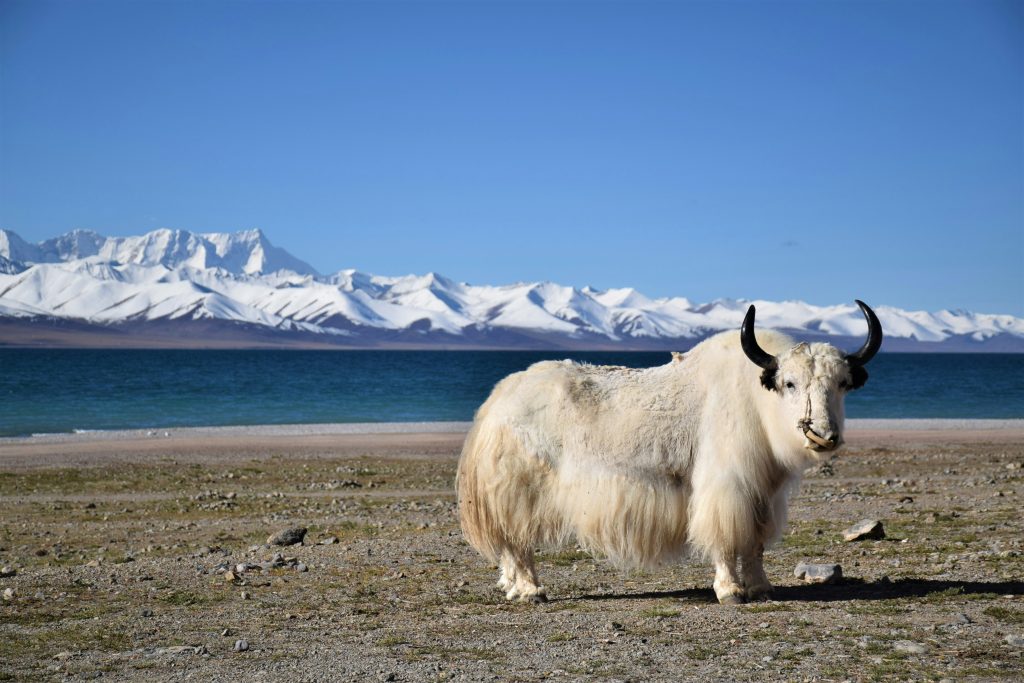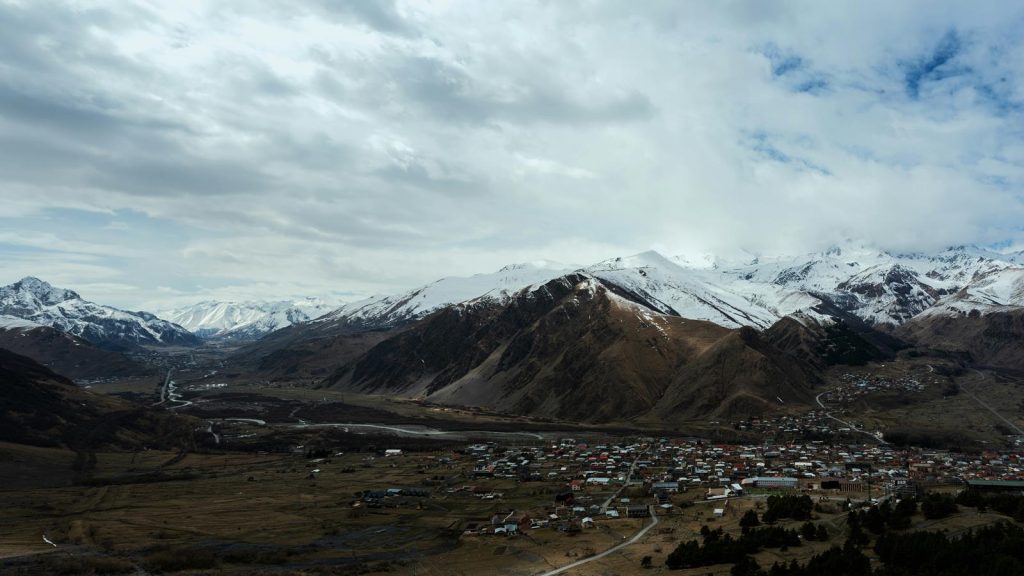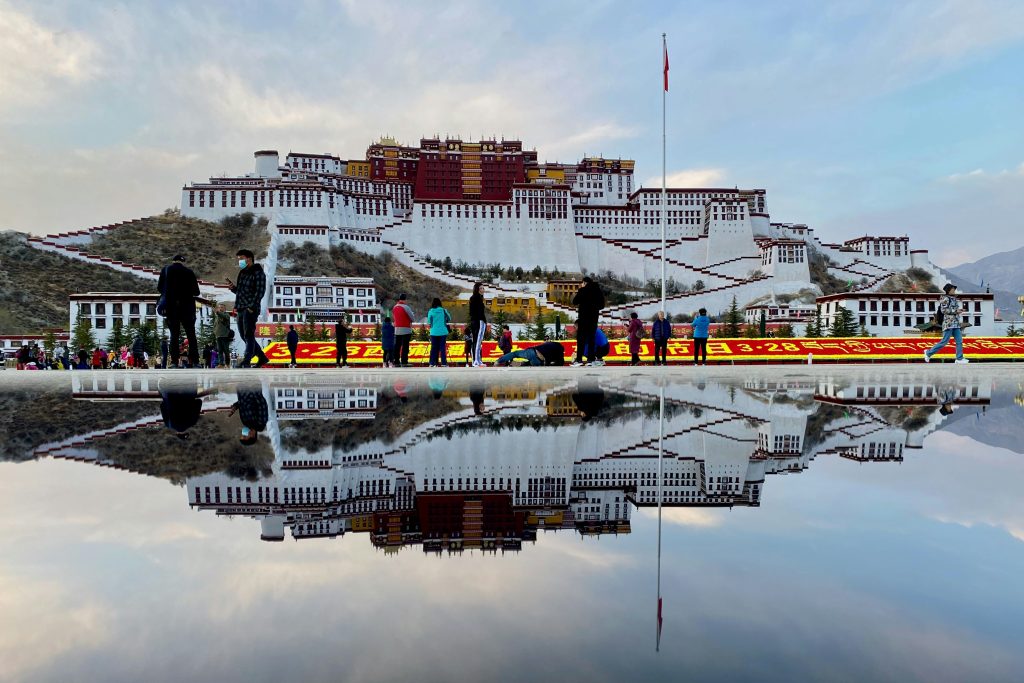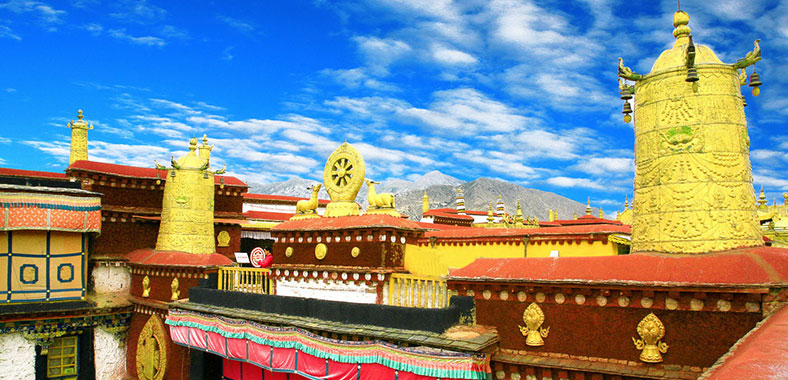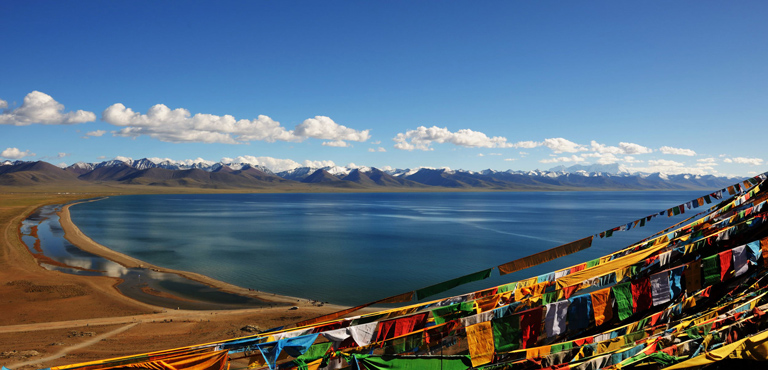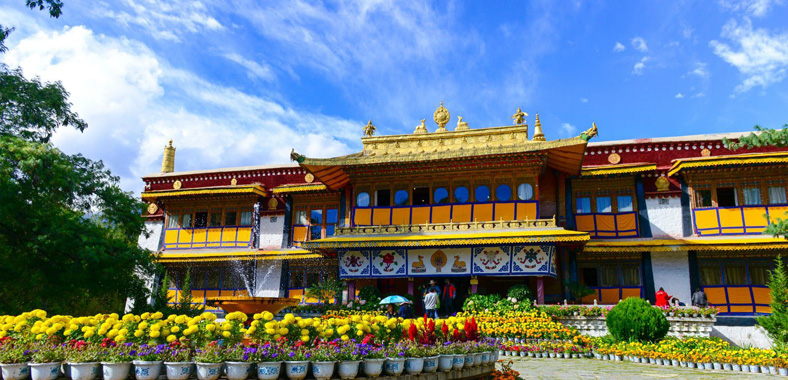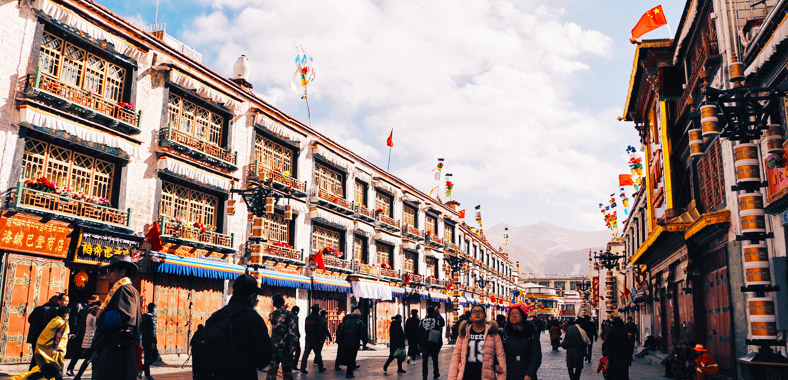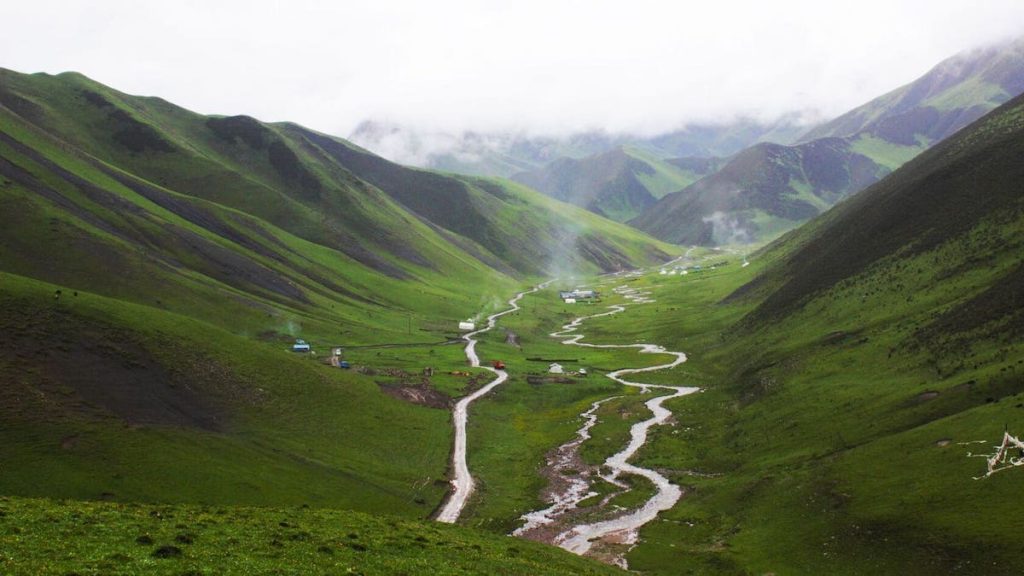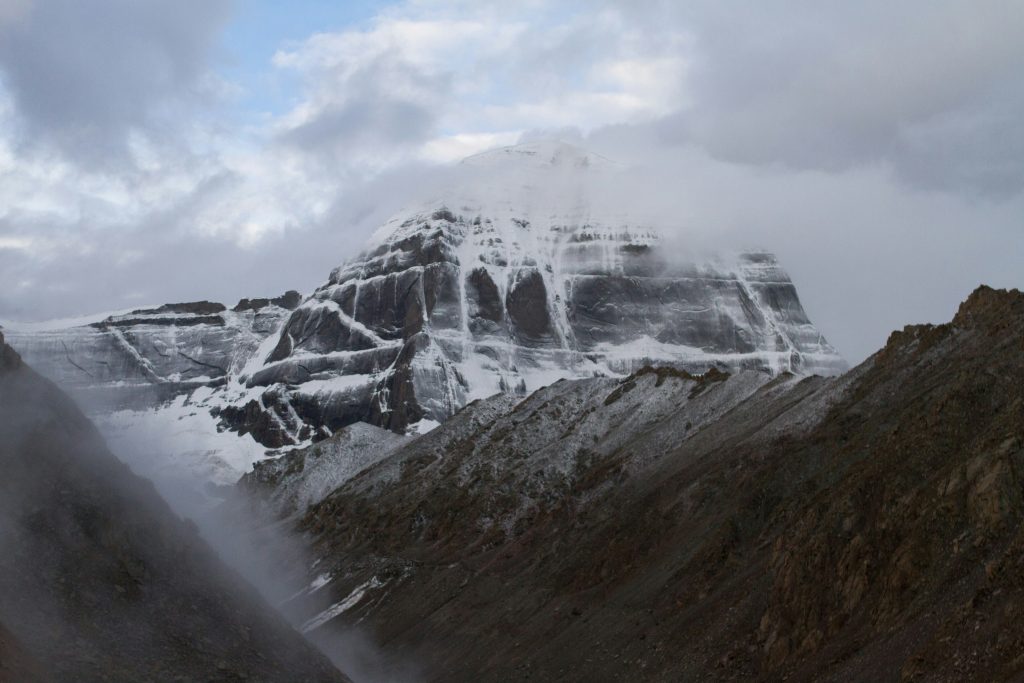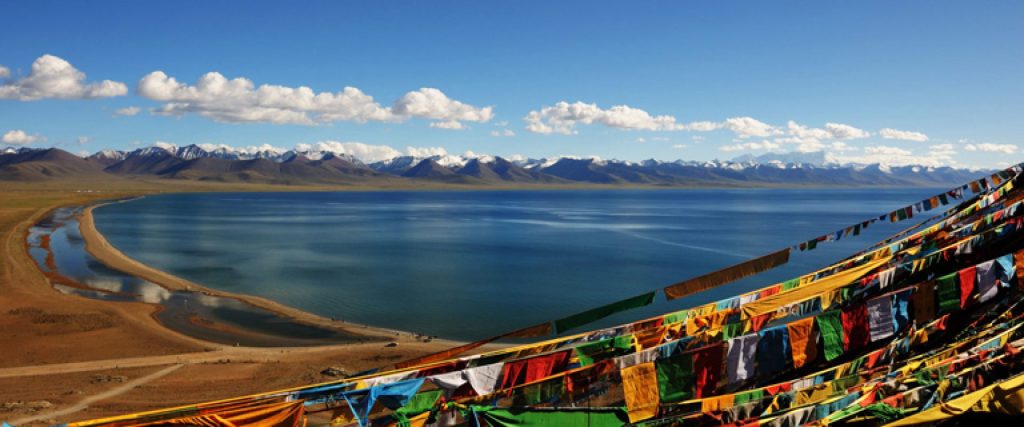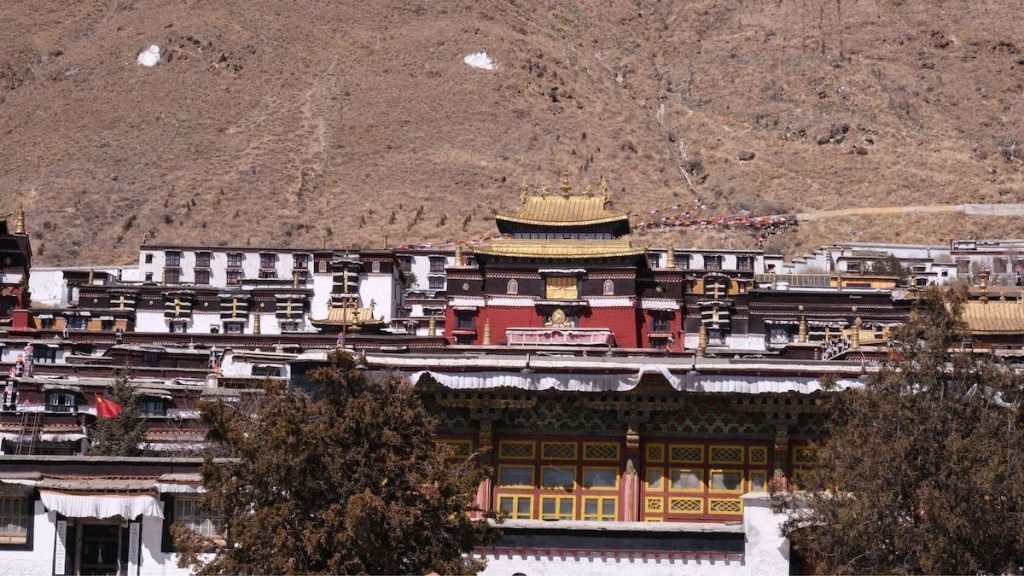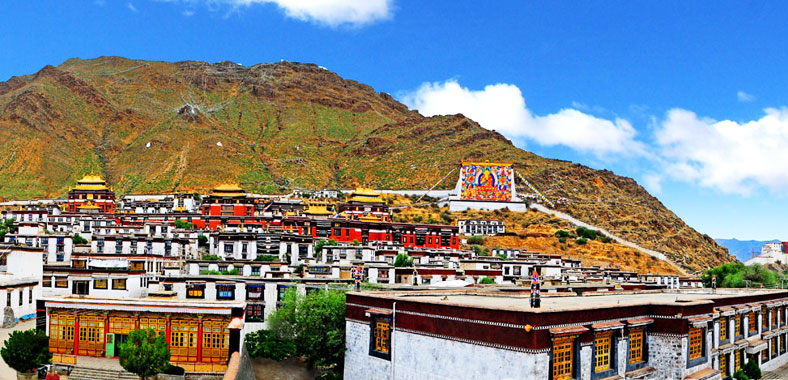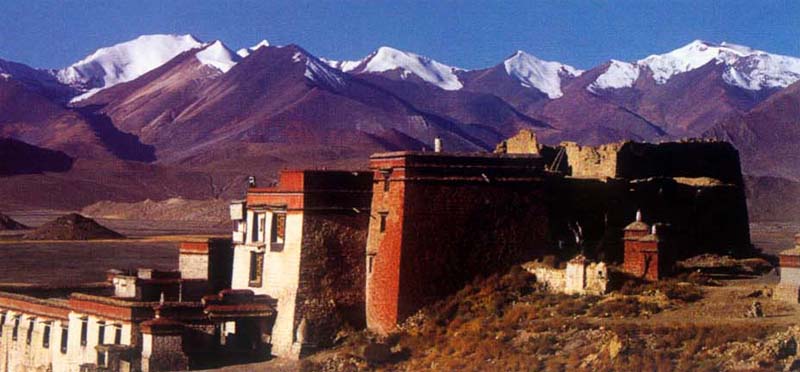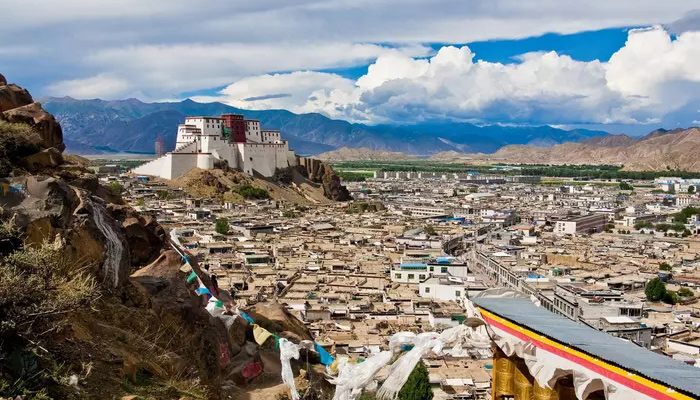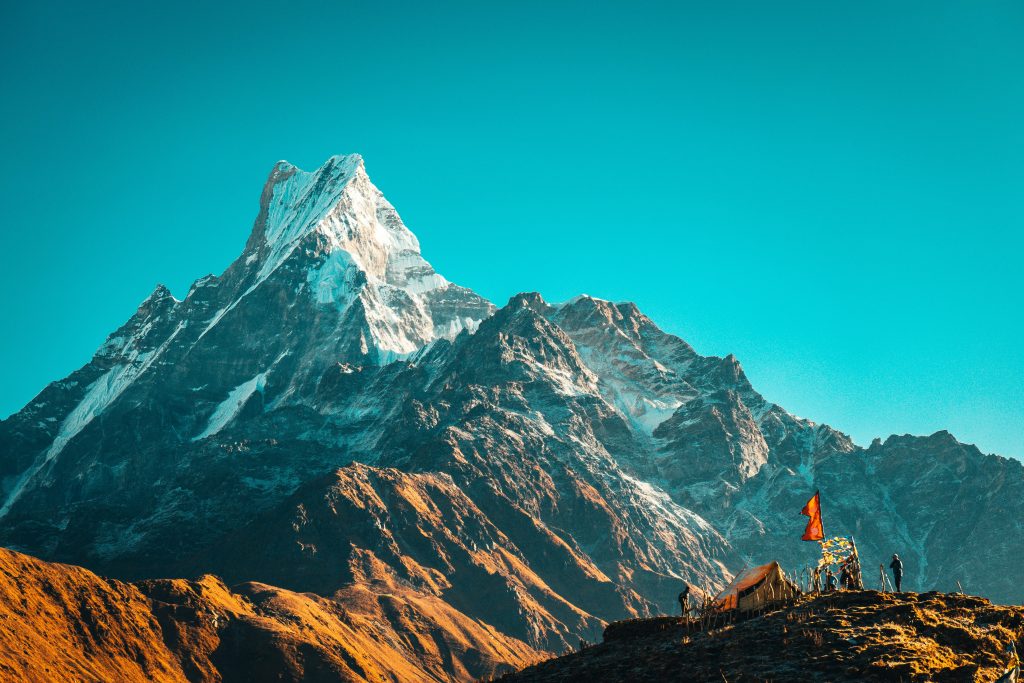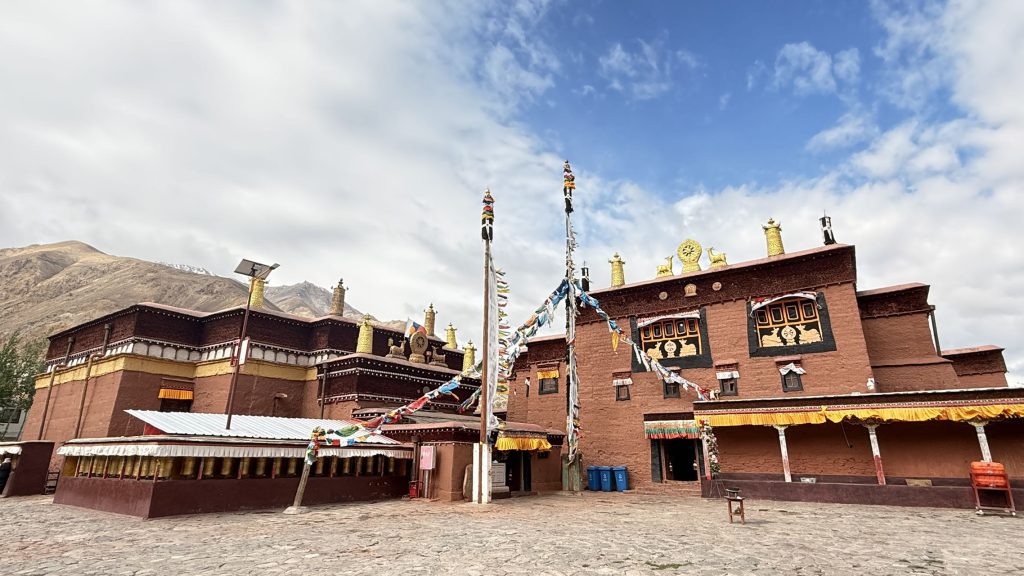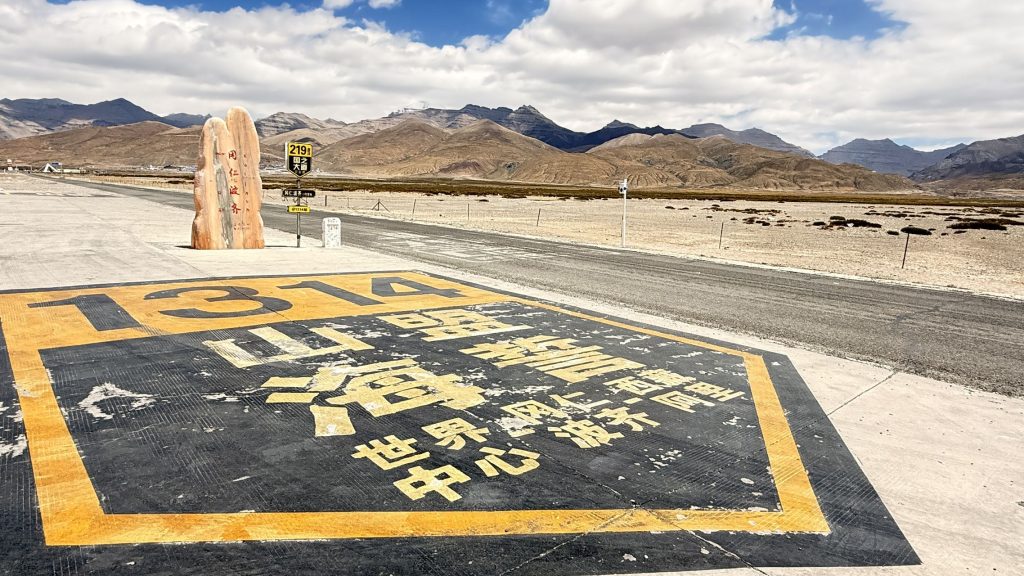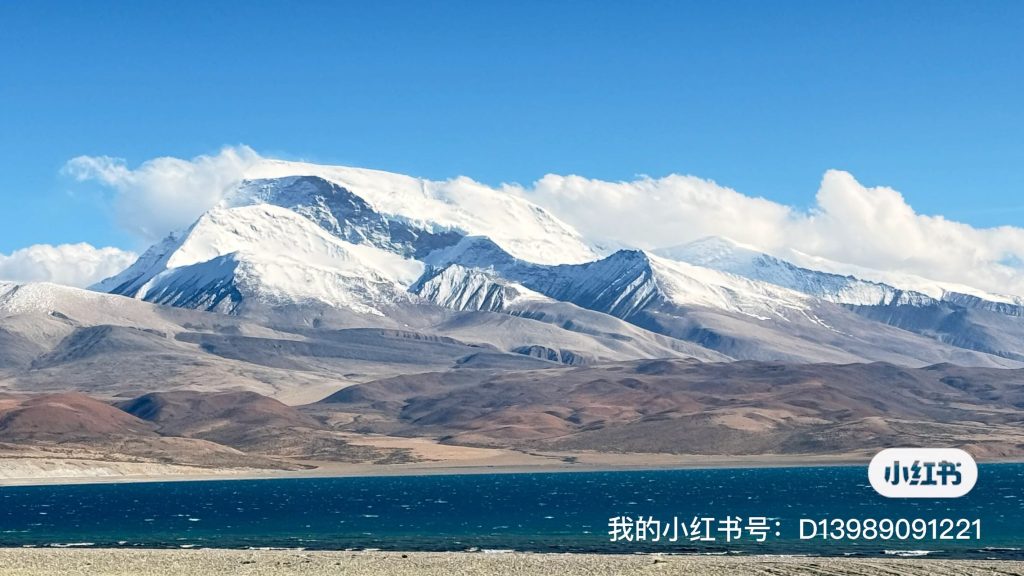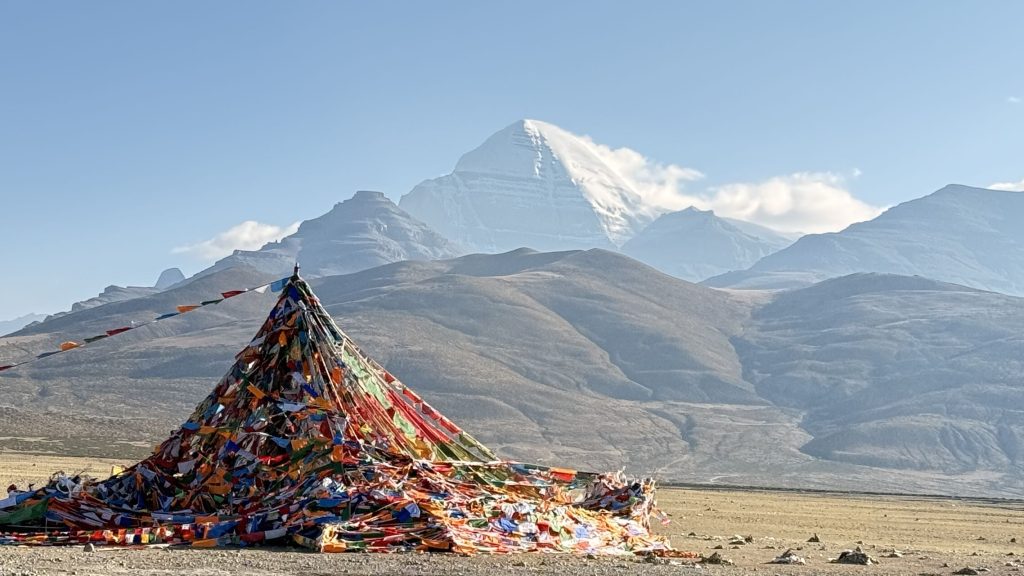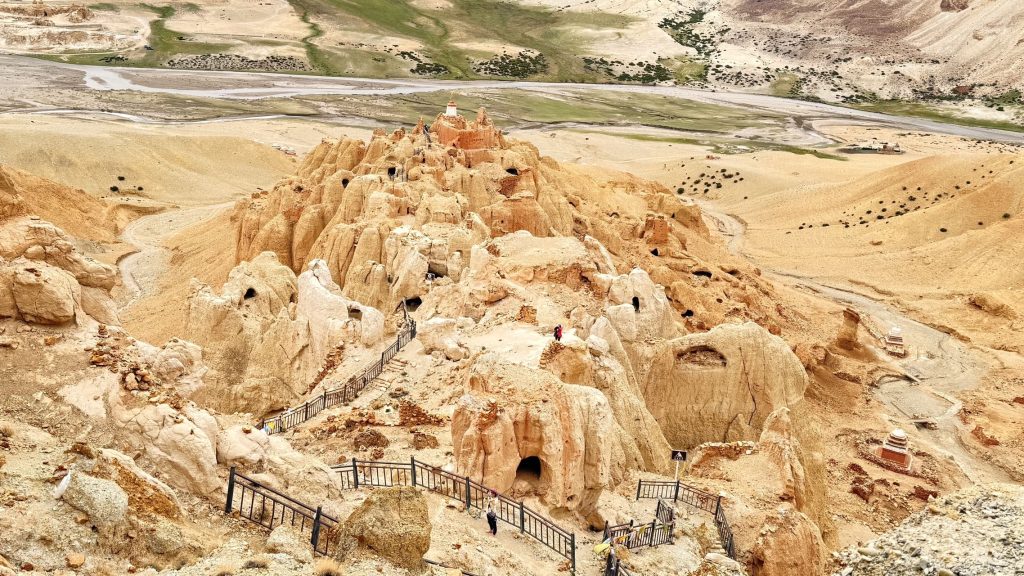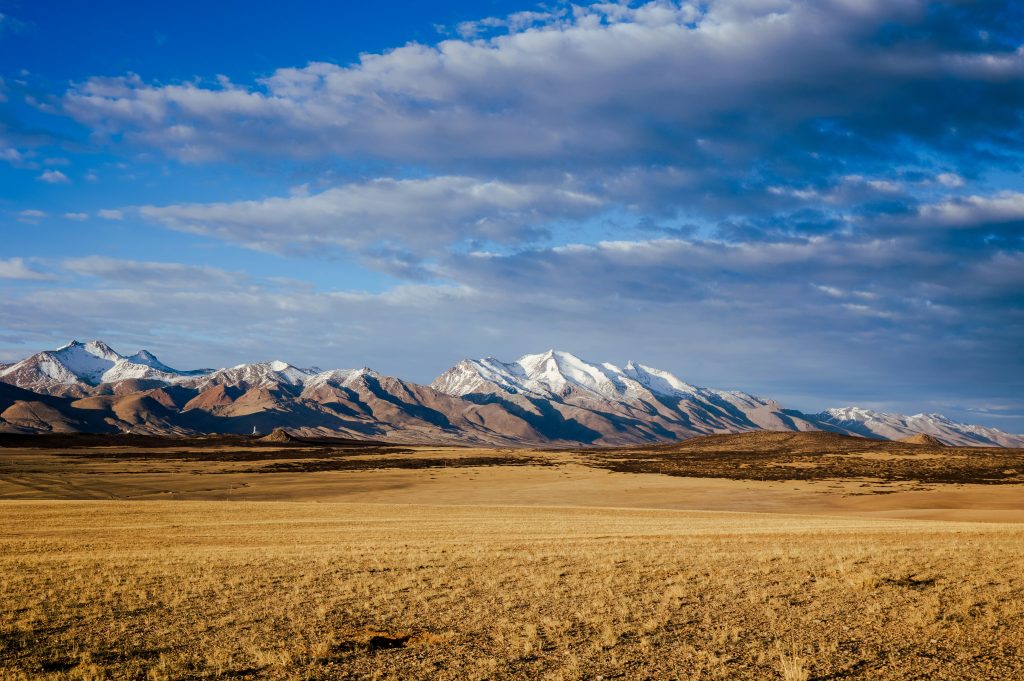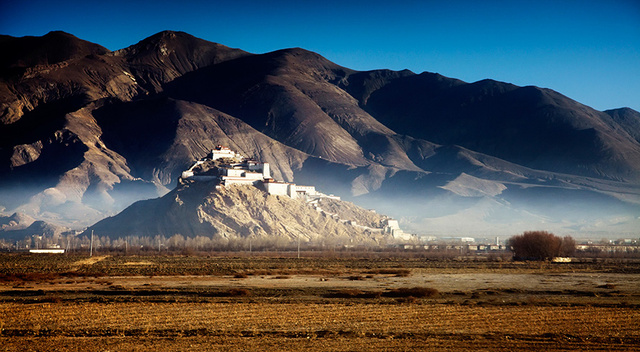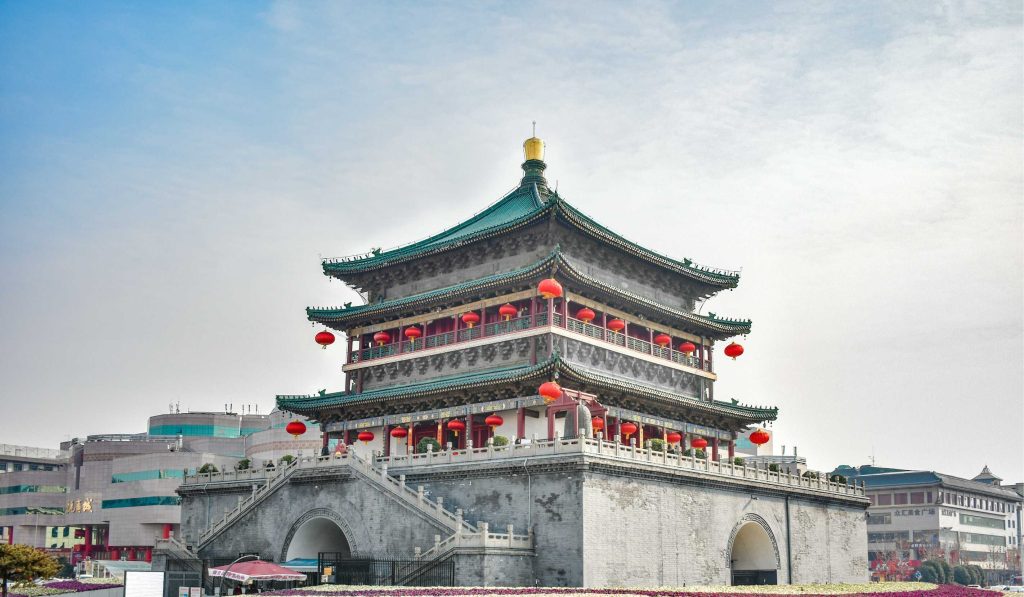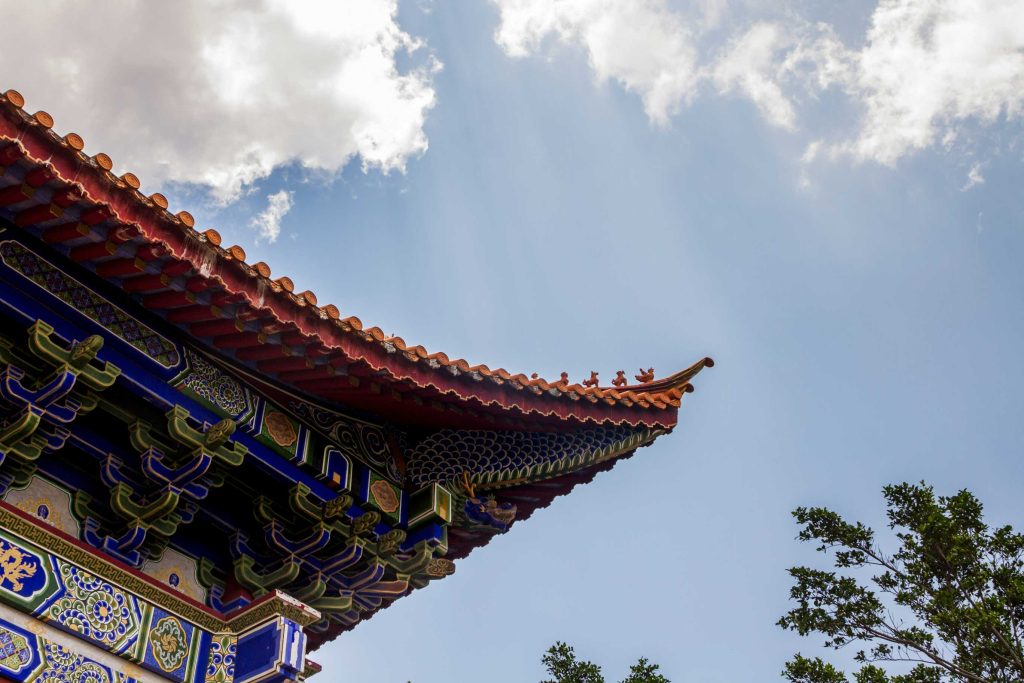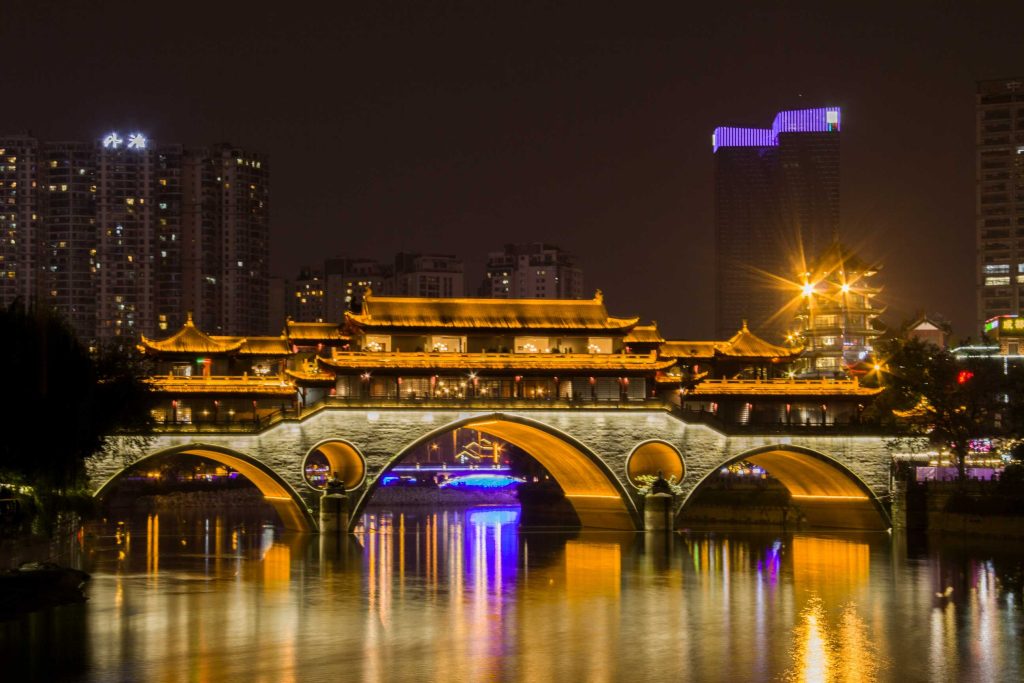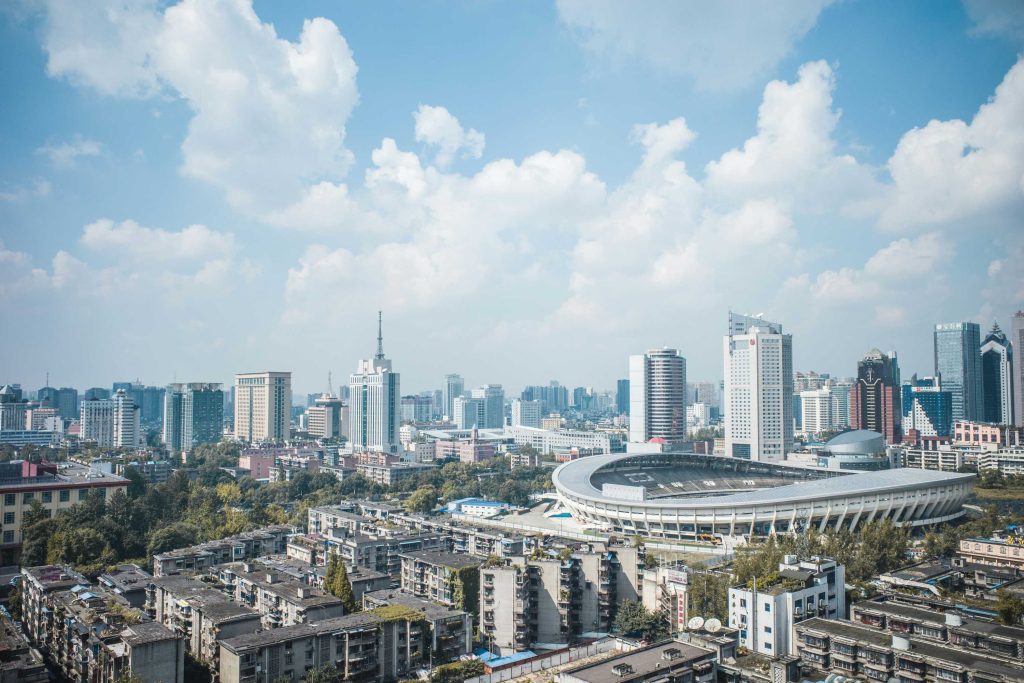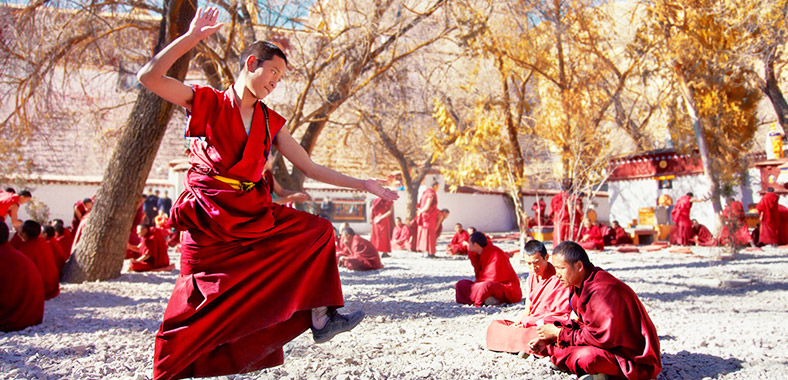Gyantse
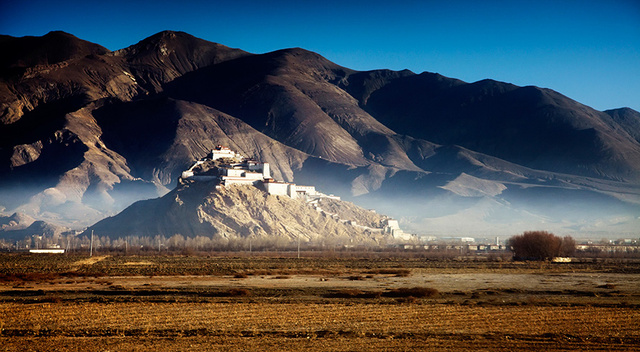
Officially known as Gyangzê Town, Gyantse in Shigatse Prefecture of Tibet Autonomous Region was once considered to be the third largest city in Tibet, although there are now several much larger towns in the region. Located in the Nyang Chu Valley, the town lies on what was once one of the ancient trade routes between Tibet and the Sikkim Province of India. Old trade routes led from Gyantse to Shigatse to the west and up over the Karo La Pass into central Tibet.
Part of the normal route for tours to western Tibet, Gyantse is one of the major stopping points along the road to Shigatse, the second largest city in Tibet. It was long a crucial link for traders and pilgrims traveling across the plateau to Lhasa, and it has managed to hang on to its traditional laid-back, small-town atmosphere, and is one of Shigatse Prefecture’s most charming towns.
The most popular sight in the town is the famous Gyantse Kumbum, the largest chorten in Tibet, and one of the most amazing pieces of Tibetan architecture in the region. Commissioned by one of the former princes of Gyantse in 1427, the Kumbum sits inside the Pelkor Chode Monastery complex, and is the most popular attraction in the town. At 35 meters high, the chorten has nine levels, known as Lhakhangs, and is topped by a golden dome. Containing 77 chapels that line the interior walls of the chorten, it houses over 10,000 paintings that adorn the walls of the chapels.
The word “kumbum” translates to mean “100,000 images”, and while there may not be that many inside, the name is very apt. The Gyantse Kumbum is considered to be the most important of its kind in the region, as the only two similar kumbums in Tibet now lie in ruins in remote and off-limits areas of the region.
Pelkor Chode Monastery is the other main attraction in Gyantse, and it is well worth stopping for a look around. The main monastery in Gyantse County, it lies in the Nyangchu River Valley in Gyantse, and is a huge complex of multiple structures, including the famous kumbum. The monastery is unique in Tibetan Buddhism, and holds a high status in the region as it houses three separate schools of Buddhism under one roof. Built with separate characteristics of Tibetan, Han Chinese, and Nepali architecture, the Sakyapa, Gelugpa, and Kadampa schools of Tibetan Buddhism reside within its walls, co-existing peacefully for centuries. Started in 1418, the monastery was consecrated in 1425 on its completion, and was designed as a model of the Mandala, the spiritual circle in Hinduism and Buddhism that represents the entire universe.
Other Trips
These are other trips.
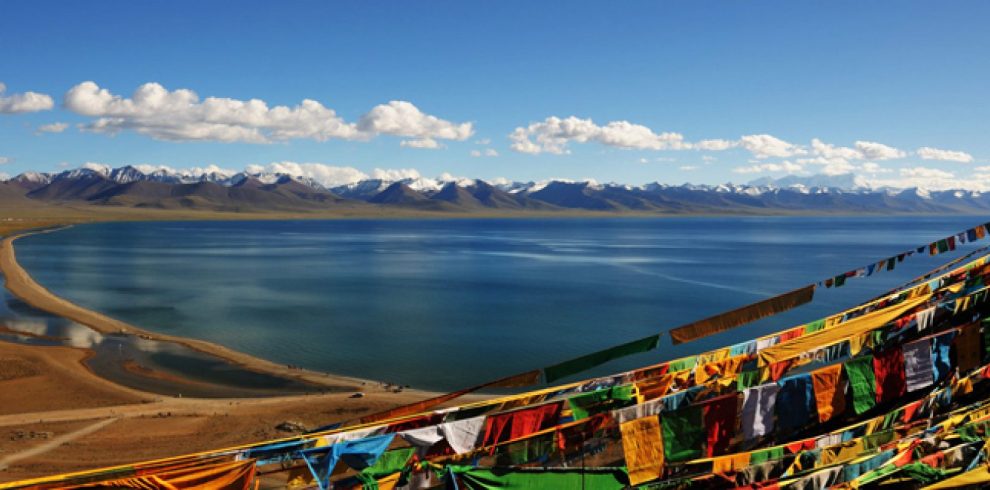
- Jan
- Feb
- Mar
- Apr
- May
- Jun
- Jul
- Aug
- Sep
- Oct
- Nov
- Dec
- Jan
- Feb
- Mar
- Apr
- May
- Jun
- Jul
- Aug
- Sep
- Oct
- Nov
- Dec
- Jan
- Feb
- Mar
- Apr
- May
- Jun
- Jul
- Aug
- Sep
- Oct
- Nov
- Dec
- Jan
- Feb
- Mar
- Apr
- May
- Jun
- Jul
- Aug
- Sep
- Oct
- Nov
- Dec
- Jan
- Feb
- Mar
- Apr
- May
- Jun
- Jul
- Aug
- Sep
- Oct
- Nov
- Dec
- Jan
- Feb
- Mar
- Apr
- May
- Jun
- Jul
- Aug
- Sep
- Oct
- Nov
- Dec
- Jan
- Feb
- Mar
- Apr
- May
- Jun
- Jul
- Aug
- Sep
- Oct
- Nov
- Dec
- Jan
- Feb
- Mar
- Apr
- May
- Jun
- Jul
- Aug
- Sep
- Oct
- Nov
- Dec
- Jan
- Feb
- Mar
- Apr
- May
- Jun
- Jul
- Aug
- Sep
- Oct
- Nov
- Dec

